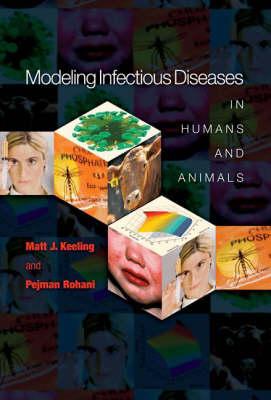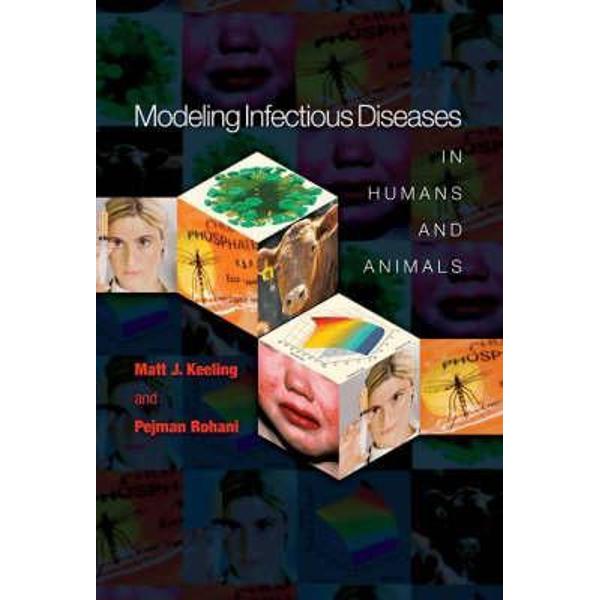Modeling Infectious Diseases in Humans and Animals
Modeling Infectious Diseases in Humans and Animals
Particular attention is given throughout the book to the development of practical models, useful both as predictive tools and as a means to understand fundamental epidemiological processes. To emphasize this approach, the last chapter is dedicated to modeling and understanding the control of diseases through vaccination, quarantine, or culling. * Comprehensive, practical introduction to infectious disease modeling * Builds from simple to complex predictive models * Models and methodology fully supported by examples drawn from research literature * Practical models aid students' understanding of fundamental epidemiological processes * For many of the models presented, the authors provide accompanying programs written in Java, C, Fortran, and MATLAB * In-depth treatment of role of modeling in understanding disease control
PRP: 647.36 Lei
Acesta este Pretul Recomandat de Producator. Pretul de vanzare al produsului este afisat mai jos.
582.62Lei
582.62Lei
647.36 LeiLivrare in 2-4 saptamani
Descrierea produsului
Particular attention is given throughout the book to the development of practical models, useful both as predictive tools and as a means to understand fundamental epidemiological processes. To emphasize this approach, the last chapter is dedicated to modeling and understanding the control of diseases through vaccination, quarantine, or culling. * Comprehensive, practical introduction to infectious disease modeling * Builds from simple to complex predictive models * Models and methodology fully supported by examples drawn from research literature * Practical models aid students' understanding of fundamental epidemiological processes * For many of the models presented, the authors provide accompanying programs written in Java, C, Fortran, and MATLAB * In-depth treatment of role of modeling in understanding disease control
Detaliile produsului













